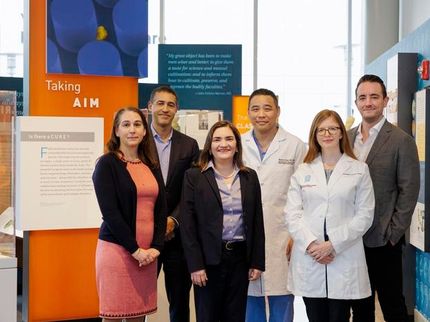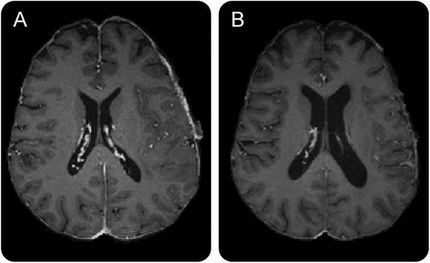The Cancer Genome Atlas identifies distinct subtypes of deadly brain cancer
Advertisement
The most common form of malignant brain cancer in adults, glioblastoma multiforme (GBM), is not a single disease but appears to be four distinct molecular subtypes, according to a study by the Cancer Genome Atlas (TCGA) Research Network. The researchers of this study also found that response to aggressive chemotherapy and radiation differed by subtype.
Patients with one subtype treated with this strategy appeared to succumb to their disease at a rate approximately 50 percent slower than patients treated with less aggressive therapy. This effect was seen to a lesser degree in two of the subtypes and not at all in the fourth subtype. Although the findings do not affect current clinical practice, the researchers said the results may lead to more personalized approaches to treating groups of GBM patients based on their genomic alterations.
The study, published in Cancer Cell, provides a solid framework for investigation of targeted therapies that may improve the near uniformly fatal prognosis of this cancer. The research team for TCGA is a collaborative effort funded by the National Cancer Institute (NCI) and the National Human Genome Research Institute (NHGRI), both parts of the National Institutes of Health.
"TCGA is mobilizing the entire cancer community to find new strategies in detecting and treating cancer faster," said NIH Director Francis Collins, M.D., Ph.D. "These findings are just a hint of what we expect to result from the comprehensive data generated by TCGA over the next few years."
"These new findings offer critical insights into stratifying patients based on the unique molecular characteristics of their disease," said John E. Niederhuber, M.D., NCI director. "As we learn more and more about the genetic underpinnings of cancer, we hope to achieve a similar level of molecular understanding for all cancers and eventually to generate recipes of highly targeted therapies uniquely suited to the individual patient."
The TCGA researchers expanded on previous studies, which had established gene expression profiling as a means to identify distinct subgroups of GBM.
"We discovered a bundle of events that unequivocally occur almost exclusively within a subtype," said lead author D. Neil Hayes, M.D., University of North Carolina at Chapel Hill. "These are critical events in the history of the tumor's development and spread, and evidence is increasing that they may relate to the initial formation of the tumors."
TCGA researchers reported that the nature of these events indicate that the underlying pathology of each subtype may begin from different types of cells. This may provide a better understanding of which cell types undergo changes that ultimately drive initial cancer formation. This finding has potential clinical significance since determining the types of cells that form GBM is critical for establishing effective treatment regimens. Because the response to aggressive chemotherapy and radiation differed by subtype, some classes of drugs would be expected to work for some tumor subtypes and not others.
Original publication: Verhaak RGW, Hoadley KA, et al.; "Integrated Genomic Analysis Identifies Clinically Relevant Subtypes of Glioblastoma Characterized by Abnormalities in PDGFRA, IDH1, EGFR, and NF1."; Cancer Cell 2010.

























































